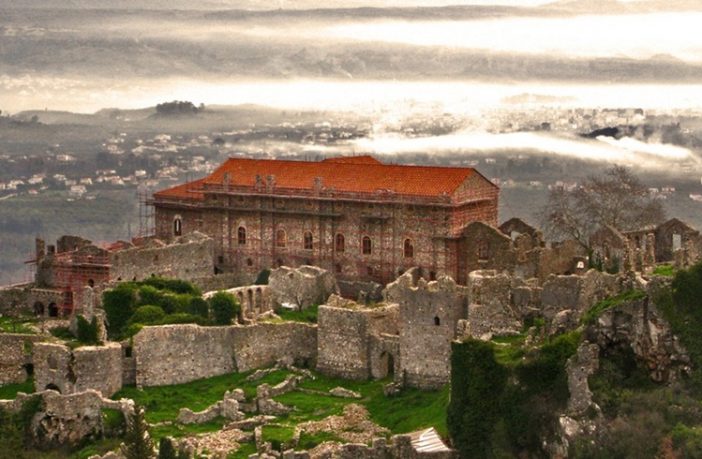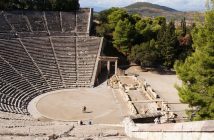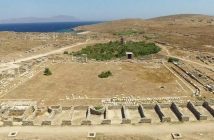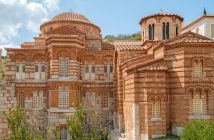Mystras, the ‘wonder of the Morea’, was built as an amphitheatre around the fortress erected in 1249 by the prince of Achaia, William of Villehardouin.
Reconquered by the Byzantines, then occupied by the Turks and the Venetians, the city was abandoned in 1832, leaving only the breathtaking medieval ruins, standing in a beautiful landscape.Mystras, as the centre of Byzantine power, quickly attracted inhabitants and institutions; the bishopric was transferred there from Sparta, with its cathedral, the Metropolis or church of Hagios Demetrios, built after 1264.
Many monasteries were founded there, including those of the Brontochion and the monastery of Christos Zoodotes (Christ the Giver of Life). Under the Despots, Mystras reached its zenith with the building of churches, outstanding examples of Late Byzantine church architecture, such as Hagioi Theodoroi (1290-1295), the Hodegetria (c. 1310), the Hagia Sophia (1350-1365), the Peribleptos (3rd quarter of the 14th century), the Evangelistria (late 14th – early 15th century) and the Pantanassa (c. 1430).
The city was a major piece on the political chessboard of the time and was developed and beautified as befitted its role as a centre of power and culture. The city’s complex history is clearly evident in its fortifications, palaces, churches, convents, houses, streets and public squares.
The Mistra Archaeological Zone in Greece’s Mora Peninsula Lakonia was included in the World Heritage list by UNESCO in 1989.




